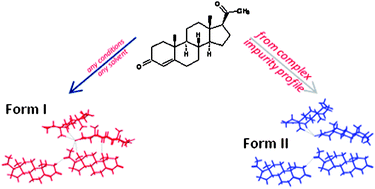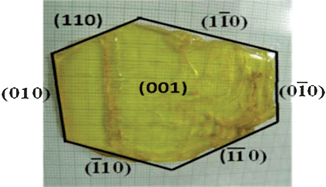Crystal Clear is feeling playful, so we’ve chosen Zhimao Yang’s ball shaped creations as our favourite crystal this month.
This month’s Crystal Clear is taken from Issue 7 of CrystEngComm, and shows highly symmetric multi-faceted polyhedral Cu2O crystals made by a template-free complex-precursor solution route.
Read the full article to find out more…
Highly symmetric polyhedral Cu2O crystals with controllable-index planes
Shaodong Sun, Chuncai Kong, Shengchun Yang, Liqun Wang, Xiaoping Song, Bingjun Ding and Zhimao Yang
CrystEngComm, 2011, 13, 2217-2221
DOI: 10.1039/C0CE00679C, Communication


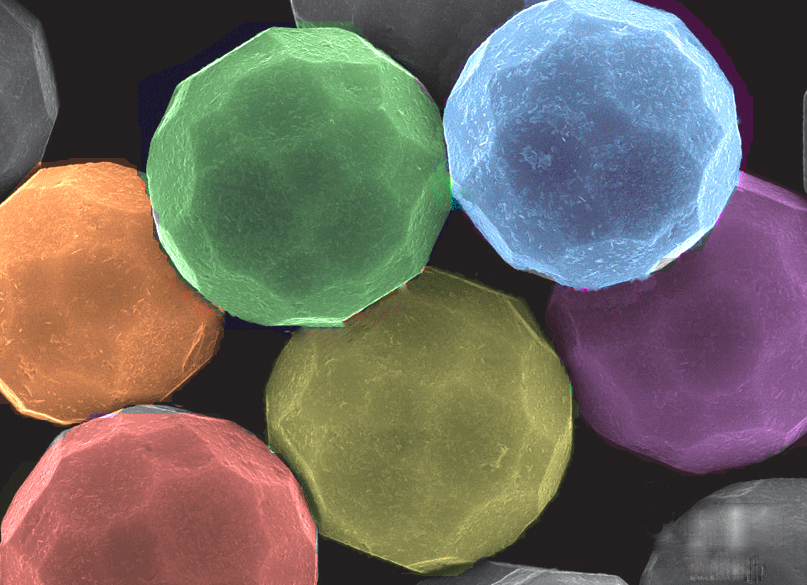









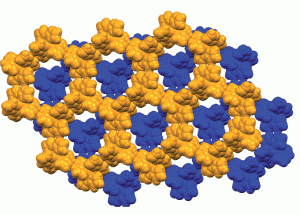


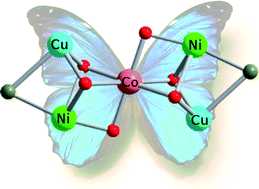
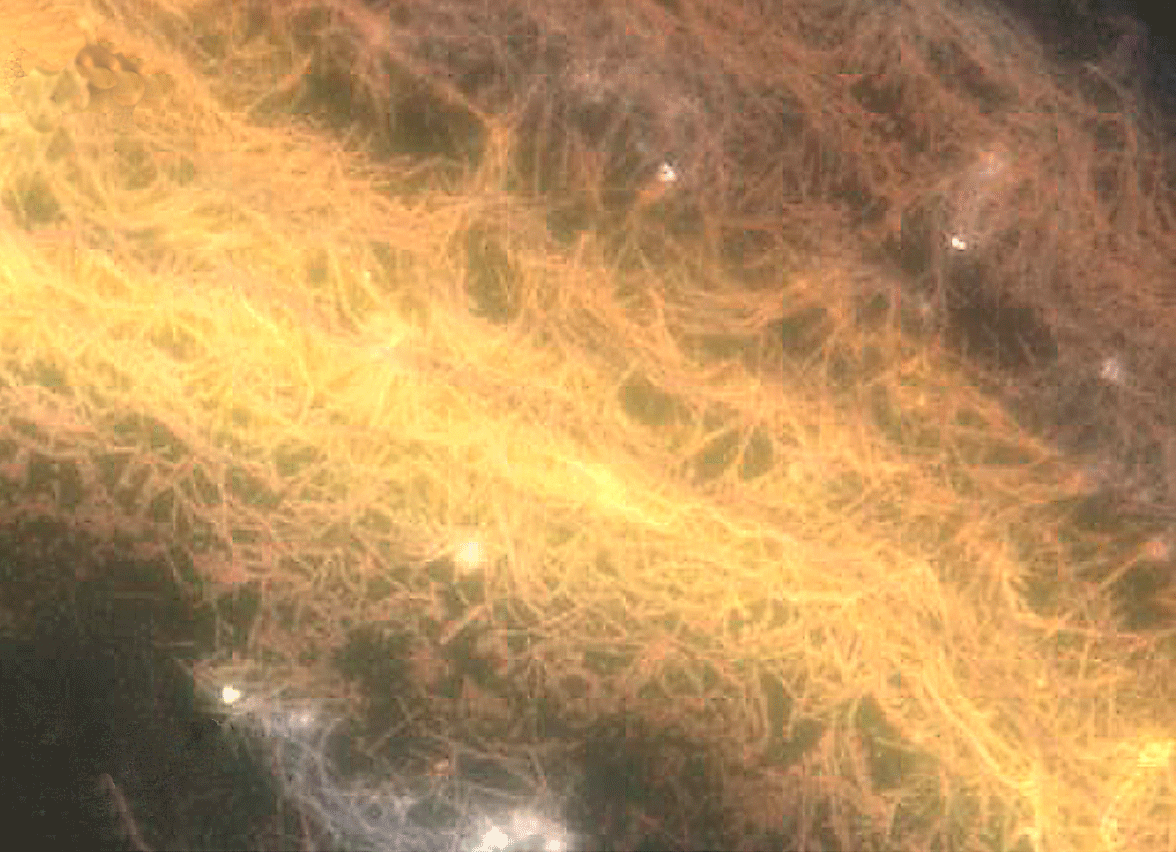

![Three-dimensional structure of [Cu3(trz)3(OH)3(H2O)4]](https://blogs.rsc.org/ce/files/2011/03/c0ce00919a-f8.gif)
